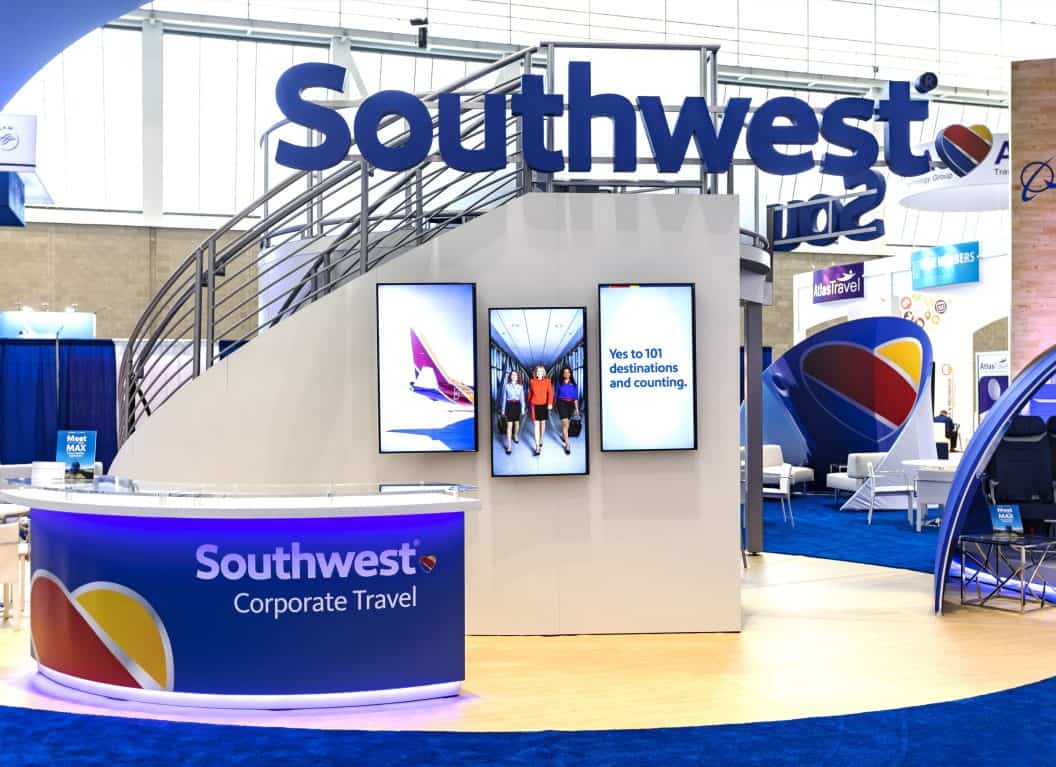Branding is creating a unique name or image to explain a product or service. This aims to highlight a product or service in hopes that it leaves a distinct impression on the consumer’s minds and hopefully attracts potential new customers.
These seemingly basic understandings of what branding is and the purpose for which we do it in our society come from a vast history that’s hardly ever talked about.
Most people associate the branding process with a perception of the modern world. Branding dates back many thousands of years. In fact, its origin story goes all the way back to around 2000 BC and would be primarily used to indicate “ownership.”
For instance, most of us are aware of Farmers having to brand their cattle to make them stand out from other livestock or even true craftsmen imprinting certain symbols onto their possessions to signify the specific origin.
However, as we all know, branding has evolved as time has progressed.
We will look at a brief evolution of the history of branding.
Ancient Era
Many ancient civilizations implemented branding in their lives to help sell their goods to the masses. Selling spices, wines, rugs, meats, and produce was a central function of the economy.
However, one of the major issues was the disconnect with communication during that tumultuous era. There was an extremely high illiteracy rate.
Coupled with their verbal sale pitch, most merchants hung pictorial signs and started painting their storefronts to attract more consumers naturally. This became an easier form of communication with this physical indication strategy.
On the other side of the ocean, more than 3,000 years ago in China, the same type of trade fairs were being held, but this time, the key invention of paper was at the forefront.
In China, paper became one of the most tangible ways to brand. Along with the birth of block printing, China would boom in the branding industry as we know it.
Trade Era
One of the cornerstones of the evolution of branding was the establishment of trade between the East and West. This paved the way for an economic boom and would be the foundation of global trade.
The Sung dynasty was a hugely rich and technological period in Chinese history. During this period, block printing, paper money, and a moveable type of printing were created, which would be the genesis of branding.
Now, with over 10,000 characters in their language, this would be a challenge. Printing was still a very long process. However, these small, modern advancements paved the way for various early forms of branding, including printed wrappers, signboards, and printed advertisements.
Literature Era
At the beginning of the 15th century, all English text still had to be copied by hand, a painstaking process that used up a lot of time and energy. During this period, the “literate middle class” emerged, which led to a higher demand for writing words.
Johannes Gutenberg saw a golden opportunity to fill this need. Gutenberg would set out to find a way to make writing more accessible.
He used technologies created in Asia, such as the printing press, but this time, he modified them by adding metal letter molds. This new printing system was way more efficient than anything before Gutenberg’s invention.
Due to Gutenberg’s invention, the global market was able to spread literature to the masses for the first time in human history, propelling Europe into the Renaissance.
During this period, printed information could easily be distributed, leading to advertising, which became a popular way to sell goods and products for the first time in human history.
First Advertising Era
In 1625, in England, the first advertisement was showcased in a newspaper, which would be the genesis of advertising in the modern world. Around 1704, the first advertisement in America was published in the Boston Newsletter in the United States.
The early renditions of advertising were almost all simple messages, mainly repeating specific lines repeatedly. This was thought of as the beginning of modern-day advertising.
Another interesting aspect of this era was the need to Trademark or set copywriter regulations on certain writing. In the 1700s, Trademarks became standard practice, and governments realized a regulation system was needed to encourage advancement in the development of science, technology, and the arts. This would be the basis of our modern-day copyright laws.
Industrial Era
The rise of industrialization swept the modern world, leading to the mass production of goods and other products. This boom and technological advancement brought a competitive nature to the market, which bled into the need to brand and advertise.
During this time period, buyers officially had the opportunity to pick from a wide selection of products. This would lead to the creation of logos. These logos were used in multi-faceted ways, such as indicating what manufacturer produced the product, but were also used as a symbol of quality.
This would be the start of advertising agencies.
In the 1800s, companies in England used them to find increasingly innovative ways to reach customers. However, most people still did not read the newspaper at a high level, so these brand-new advertising companies had to find ways to highlight their products.
Some tactics used included banners, people wearing placards, and even umbrellas with signs on them. Companies also began promoting their brand names through appealing packaging and tantalizing slogans.
Advertising and branding didn’t take off until the literacy rate became high, coupled with the invention of the typewriter.
Twentieth Century
At the start of the twentieth century, commerce in the Western world was booming. People could afford to spend money on branding goods, and they made the most of it.
For instance, products like Coca-Cola, Heinz products, and expensive cars were all in very high demand. The rise of branded products in modernized countries was stimulated by the growth of a rising mass media. The elevation of graphic design, advertising, and marketing also encouraged this consumer-driven economy.
During this period, before television became the go-to, the way to get the word out to the masses even more effectively was through radio programming. This became the start of paid advertising. A brand would pay a media company a certain percentage of money to place their product on the radio airwaves, the product would be highlighted, and the media company would receive the money to continue the media programming.
It became a win-win for everyone.
However, during this time period, the mindset of advertising started to shift. Advertising and branding started to become incredibly competitive, so brands had to find a way to stand out in this newly competitive field.
The tone of products started to shift from the product itself to how it made you feel. There became this need to have an emotional appeal in their advertising. Advertising became less about the product and more about selling a concept or an idea.
This strategy became incredibly popular, and brands became more focused on long-term corporate identity rather than short basic ad campaigns.
Todays Era
Today, almost all companies have carved out their own specific niche in an increasingly overcrowded market. However, the birth of the internet was an absolute game changer.
The internet created this culture of instant gratification, thus leading to a whole population of modern-day consumers that demanded instantaneous answers to all their problems.
During this time period, the average person’s attention span has decreased immensely. Brands started to create advertisements that would appeal to this generation of consumers. This would also lead to interactive viral marketing campaigns, and search engine platforms would take center stage in the modern world of branding.
Personal branding became a huge shift during the modern era of branding. Reality stars like Paris Hilton and Kim Kardashian became brands themselves. This would lead to personalities becoming some of the busiest brands in the world. Kim Kardashian and Paris Hilton have their own perfume line, books, clothing company, and even their own TV show at one time.
With the rise of social media, it has become a huge pedestal in which brands leverage their product. Social media only thrives by relying on their users to establish their own value. This value can be based on the advertisers and brands keeping the platform alive.
One platform that has certainly established its value is Google. Google is the biggest modern-day advertising company in the world, and it is the number one search engine. Brands specifically look to see if their products or services fall on the Google search engine.
Branding has now moved into a new generation.
For more insights and award-winning event strategies, contact our team of event specialists to design the perfect exhibit to amplify your brand. Connect with a team member here or give us a call at 972-734-8585.



